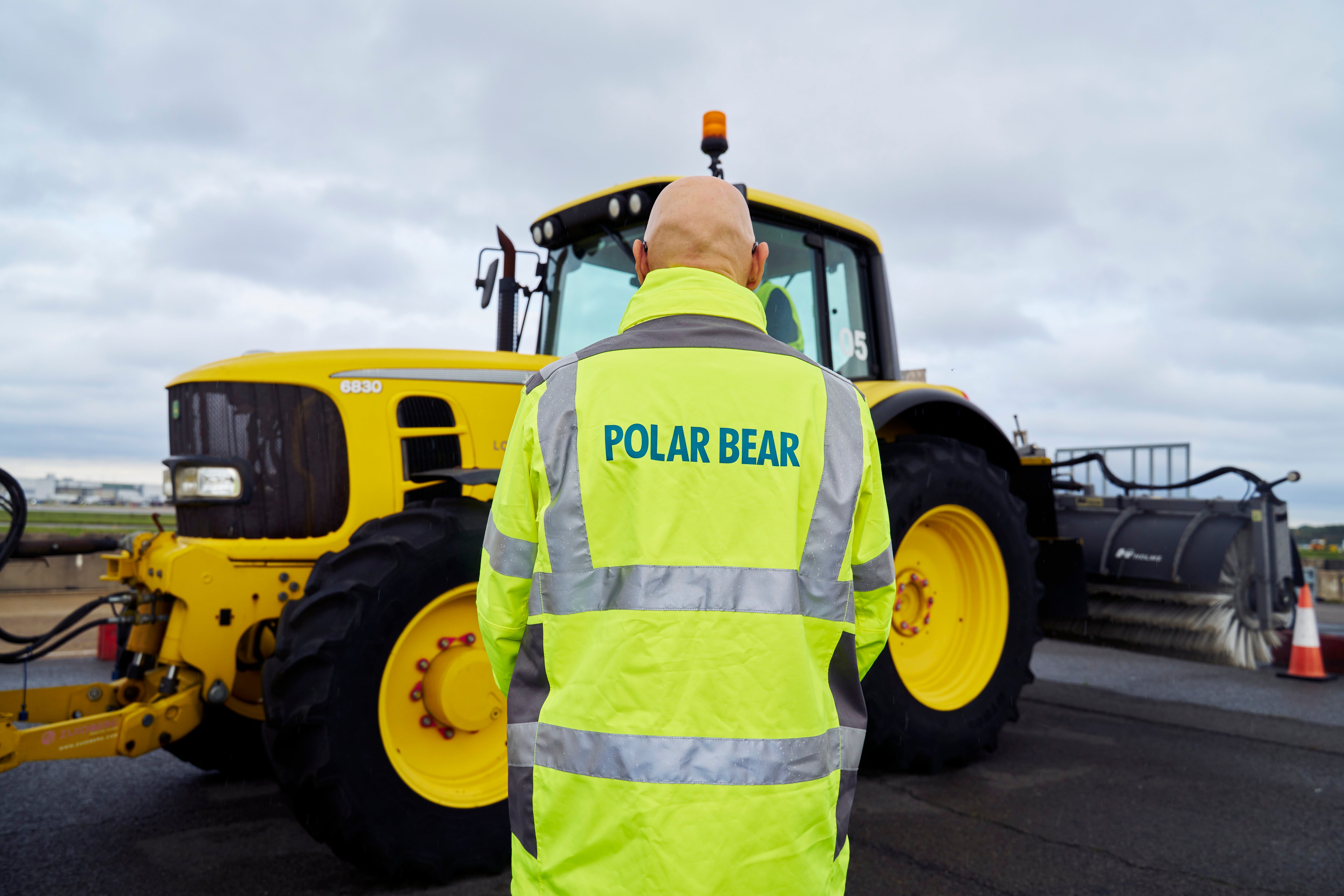The number of words that the Eskimo language has for “snow” is hotly disputed. But at London Gatwick airport, says aerodrome trainer Fred Bigsby, the unwelcome wintry visitor is classified into exactly “seven snow states”.
The climatic calibration ranges from “Met Office forecast snow in the next seven days but not expected to accumulate; no disruption to the operation of the airfield predicted” to “Snow is falling and accumulating in sufficient amounts to cause disruption”.
Or, in Fred’s words, from “No, we’re fine,” to “Yes, we’re going to have to close the runway at this point”.
We are already well into winter. Each year, the coldest season officially begins on Planet Aviation on the final Sunday of October, according to the International Air Transport Association (Iata).
Deep midwinter is still six weeks away. But you may recall some of the chilling failures to cope with adverse meteorology by airports in the UK.
Severe weather shut both Heathrow and Gatwick shortly before Christmas 2010. Since then, both airports have created detailed “snow plans” to deal with the worst the winter can throw at the UK’s busiest hubs.
“At Snowfall T-4 hours, a conference call will be held by the Airside Tactical Team,” says the Heathrow plan.
If the snow gets heavy: “Each runway will be suspended in succession to facilitate clearance and treatment.”
At Heathrow, landings and take-offs can continue on the other runway – a luxury that Gatwick does not have.
According to chief operating officer of the Sussex airport, Mark Johnston, Gatwick has “the most efficient runway in the world”.
But extracting an implausible amount of capacity from the single Tarmac strip while the elements are against you requires deep preparation.
Fred is working with a group of volunteers on a southern taxiway at the Sussex airport. It has been closed while they practice manoeuvres in bright yellow Multihog vehicles. They are used to clear snow and ice from aircraft stands so ground handlers can safely work and aircraft can get in and out.
By design, they are distant third cousins of the common tractor – with the genetic modification of being articulated in the middle.
At the front: a snow plough and a brush (the latter helps get rid of slush).
On the back: a tank of de-icing fluid.
The volunteers are staff who are ordinarily employed elsewhere at the airport, many of them in security. They are available on winter standby for airside snow clearance and are termed “polar bears”.

Their corresponding colleagues “landside”, clearing the access roads around the airport, are called “yetis”.
“As soon as one winter is finished, we’re already planning for the next winter,” says Mark Johnston – the man with the unenviable task of ensuring Gatwick is ready for whatever the weather gods may choose to send in his direction.
“We need to make sure that all our passengers and all our staff are safe as they travel through the airport as efficiently as possible.”
He has, he concedes, “a lot of experience in snow operations”. His previous role was at AGS Airports, which includes Aberdeen and Glasgow as well as relatively sultry Southampton.
“I remember when we had the ‘Beast from the East’ in Glasgow. We had a 4cm [of snow] forecast – and we got 40cm in the first morning. That was one I wouldn’t want to relive again.”
Back on the southern taxiway, Fred Bigsby – who has served at Gatwick for 20 winters so far – is watching his trainee polar bears negotiate their Multihogs along a circuit that would defeat Max Verstappen.
Fred says it is essential to get stands, taxiways and the runway “back to black” as quickly as possible after a whiteout. Much of the kit is supplied by the Norwegian specialist Øveraasen, including a dozen ploughs wider than the wingspan of some of the planes serving Gatwick.
Seventy tons of grit and 80,000 gallons of de-icing fluid are waiting in the wings, along with nearly 200 staff in polar bear-branded hi-vis gear.
And if, despite all that preparation, flights are heavily delayed or cancelled? Gatwick’s “Snow Plan” includes provisions for sleeping areas with beds, blankets, food and water.
The airport says: “We have in stock 4,000 blankets, 600 mattresses, 8,000 bottles of water, 600 folding beds, 20 snow shovels, four baby bottle warmers, 10 travel cots and a mixture of baby food and nappies.”
For an enterprise focused on helping people fly south for winter, preparation is everything.
Listen to Simon Calder’s podcast with Gatwick’s chief operating officer Mark Johnston
Simon Calder, also known as The Man Who Pays His Way, has been writing about travel for The Independent since 1994. In his weekly opinion column, he explores a key travel issue – and what it means for you.


